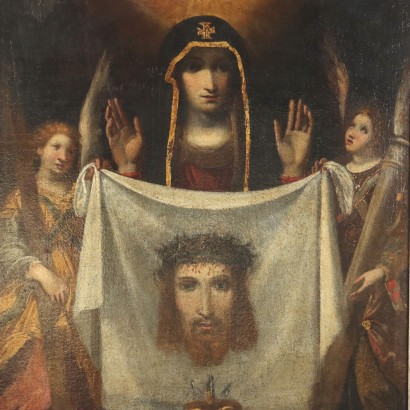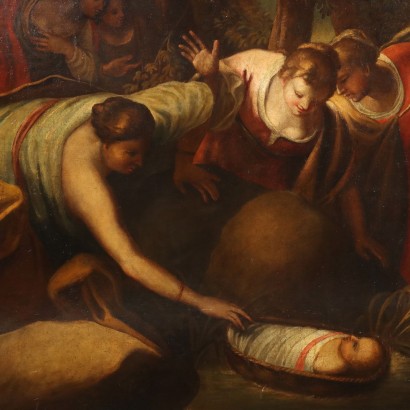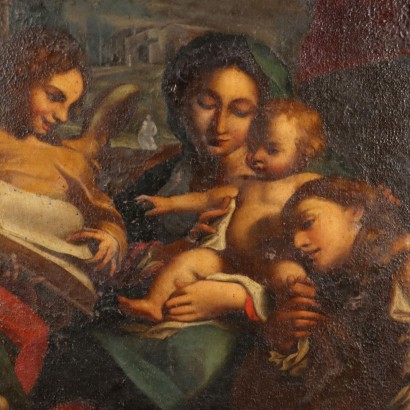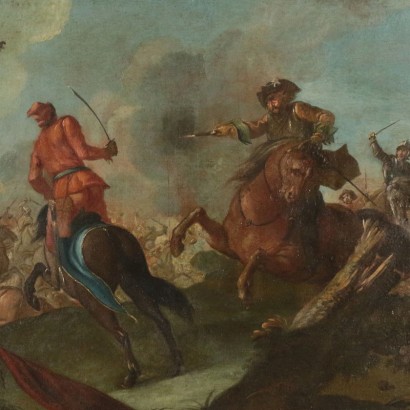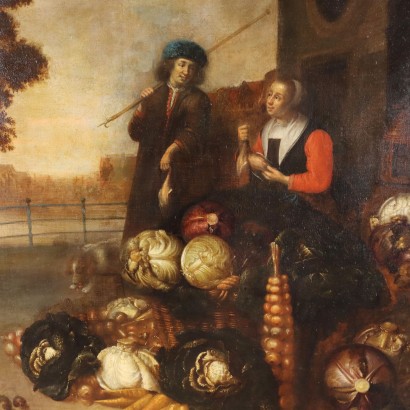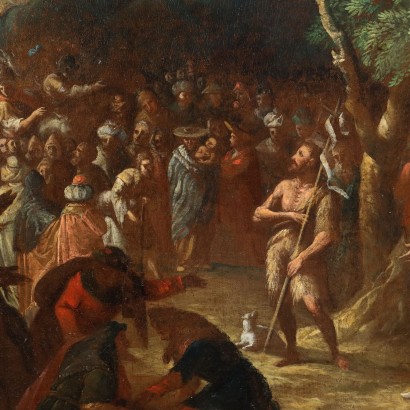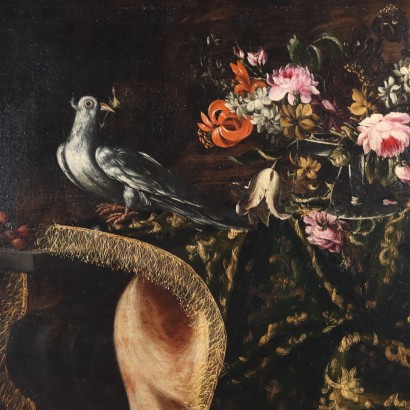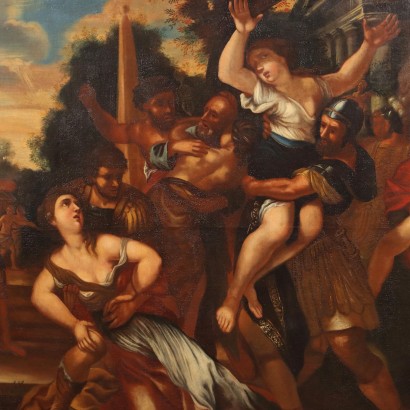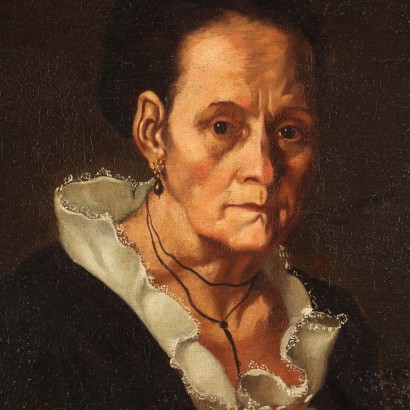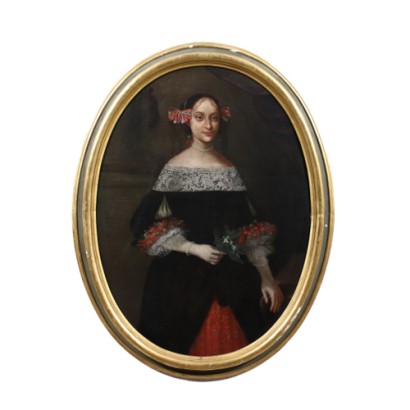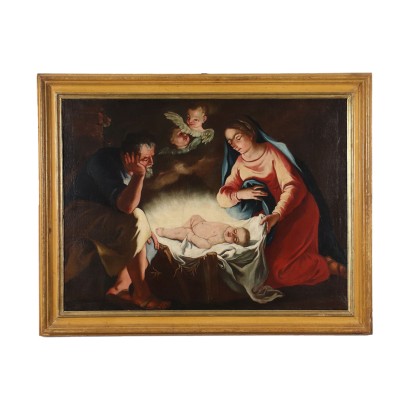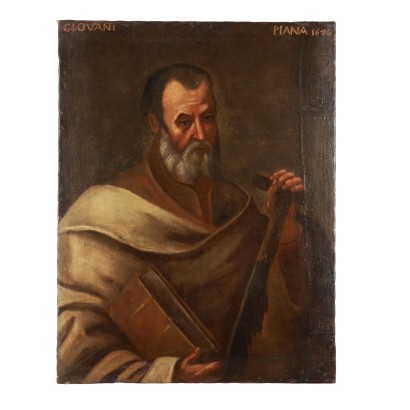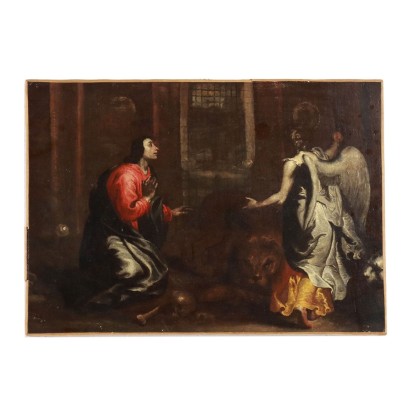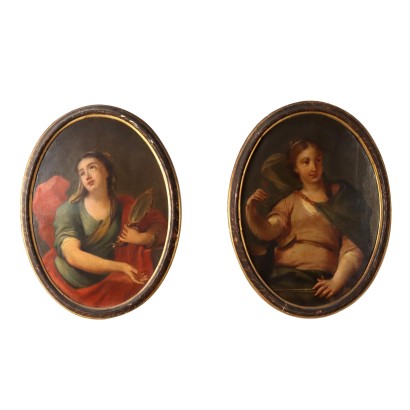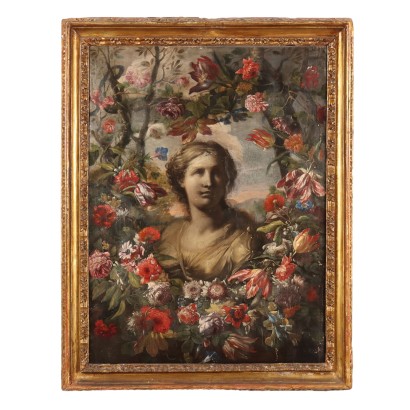Specific typology
Price
Age
- 15th Century / 1401 - 1500 [2]
- 20th Century / 1901 - 2000 [693]
- 1950s [279]
- 1960s [434]
- 1970s [201]
- Mid '900 [1]
- Post 1940 [1]
- Post 1999 [6]
- 21th Century / 2001 - 2099 [8]
- 2000s [3]
- Early '900 [1]
- 16th Century / 1501 - 1600 [9]
- 17th Century / 1601 - 1700 [31]
- 18th Century / 1701 - 1800 [199]
- Pre 16th Century [1]
- 17th Century / 1601 - 1700 [63]
- 18th Century / 1701 - 1800 [73]
- 1890s [1]
- 1900s [1]
- 1920s [9]
- 1930s [19]
- 1940s [45]
- 1980s [113]
- 1990s [13]
- 16th Century / 1501 - 1600 [2]
- 19th Century / 1801 - 1900 [63]
- Contemporary [37]
- 20th Century / 1901 - 2000 [80]
- 19th Century / 1801 - 1900 [494]
Subject
- Figures of Saints [7]
- Biblical scene [3]
- Historical-literary subject [1]
- Battle [2]
- Still life [7]
- Floral Composition [1]
- Historic Subject [4]
- Landscape with Figures [5]
- Marine Landscape [1]
- Portrait/Face [3]
- Allegorical/Mythological Subject [4]
- Sacred Subject [18]
- Genre Scenes [1]
- Scene with Figures [5]
Artist
Technical specification
Artistic school
Dimensions
ApplySort by

